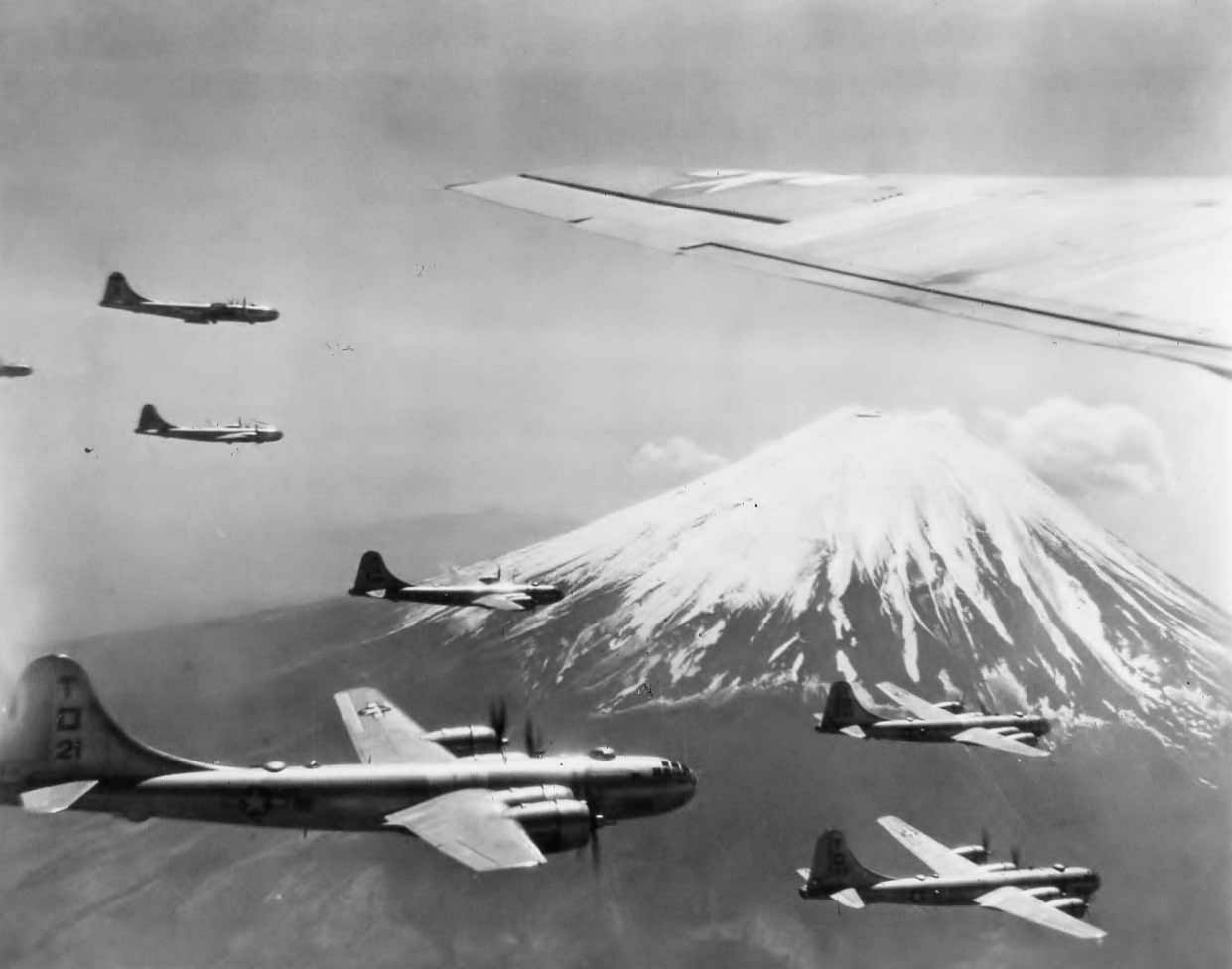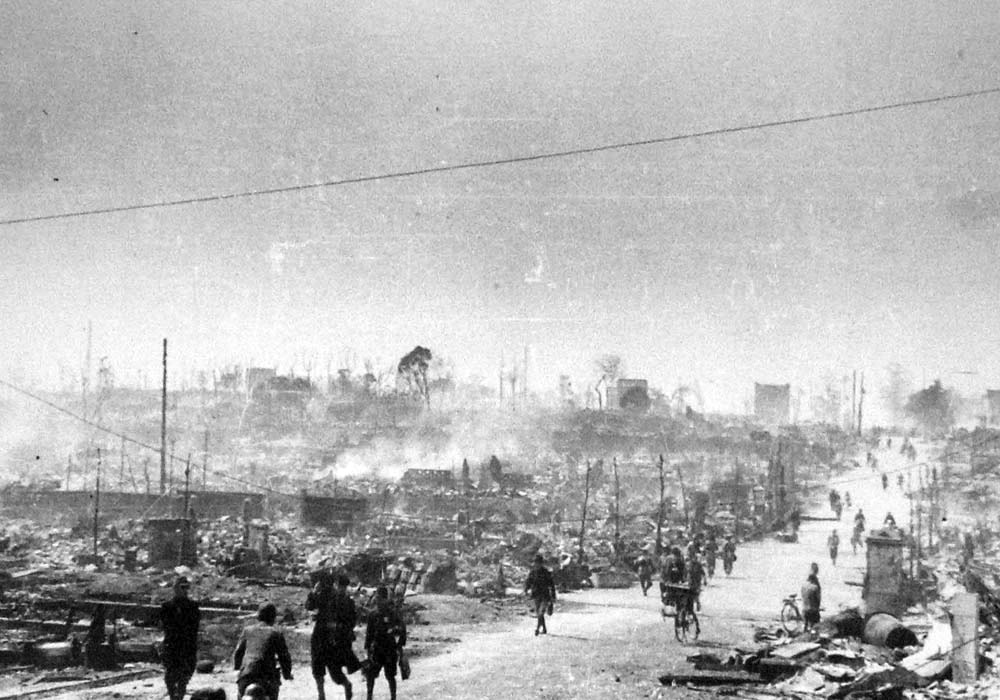A raid in 1945 that used air-dropped incendiaries was history’s deadliest aerial attack. It set a significant chunk of a major city on fire, and might have killed more people than both the atomic bombings of Hiroshima and Nagasaki, combined. It was the brainchild of one of history’s most pugnacious air force commanders, ever. Below are twenty five things about that and other air raids from history.

ADVERTISEMENT - CONTINUE READING BELOW
History’s Deadliest Air Raid
“What was history’s deadliest air raid?” Most people would assume it was one of the atomic bombings of Japan – Hiroshima or Nagasaki. Each killed tens of thousands at one go. However, neither of those has the horrific distinction of being history’s deadliest aerial attack. There was another World War II aerial attack that claimed more lives than either atomic bombing. Indeed, it might have killed more people than both the Hiroshima and Nagasaki bombings, plus the Dresden bombing, yet another horrific raid thrown in for good measure, combined. It took place on March 10th, 1945, when 279 Boeing B-29 Superfortress heavy bombers set Tokyo ablaze in a devastating attack. Known as Operation Meetinghouse by the US Army Air Forces (USAAF), and the Great Tokyo Air Raid by the Japanese, it inflicted 100,000 fatalities according to official figures. Modern research estimates that the actual death toll was much higher.

ADVERTISEMENT - CONTINUE READING BELOW
The raid was the brainchild of General Curtis LeMay, who was given command of XXI Bomber Command in the Marianas, in January, 1945. B-29s had flown from there against Japan for months, but the results had been unpromising. US strategic bombing doctrine at the time emphasized high altitude precision attacks with high explosive bombs against key industrial targets. That is how the air campaign against Germany was conducted. Or at least that was how American air commanders in Europe tried to go about it. In practice, precision bombing proved difficult, so area bombing was used as often as not. High altitude bombing in Japan proved nearly impossible, however. A hitherto unknown high speed jet stream, whose like didn’t exist in Europe, scattered bombs released at high altitude, and dropped them miles away from their intended targets. So LeMay made some radical changes. The results, as seen below, were terrible.

